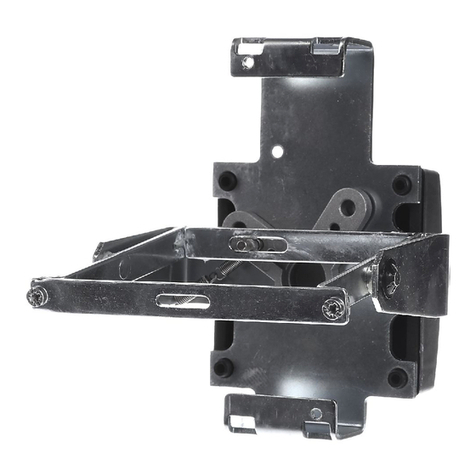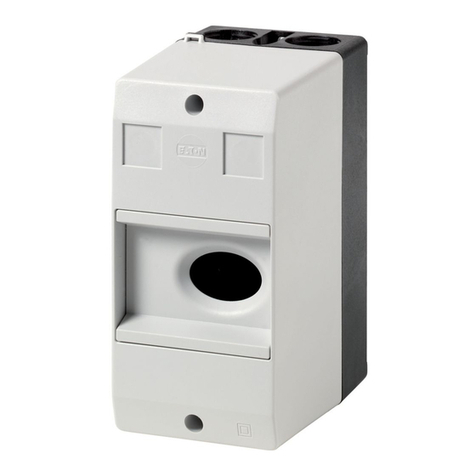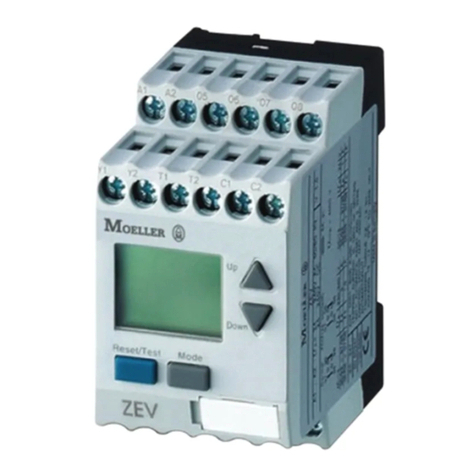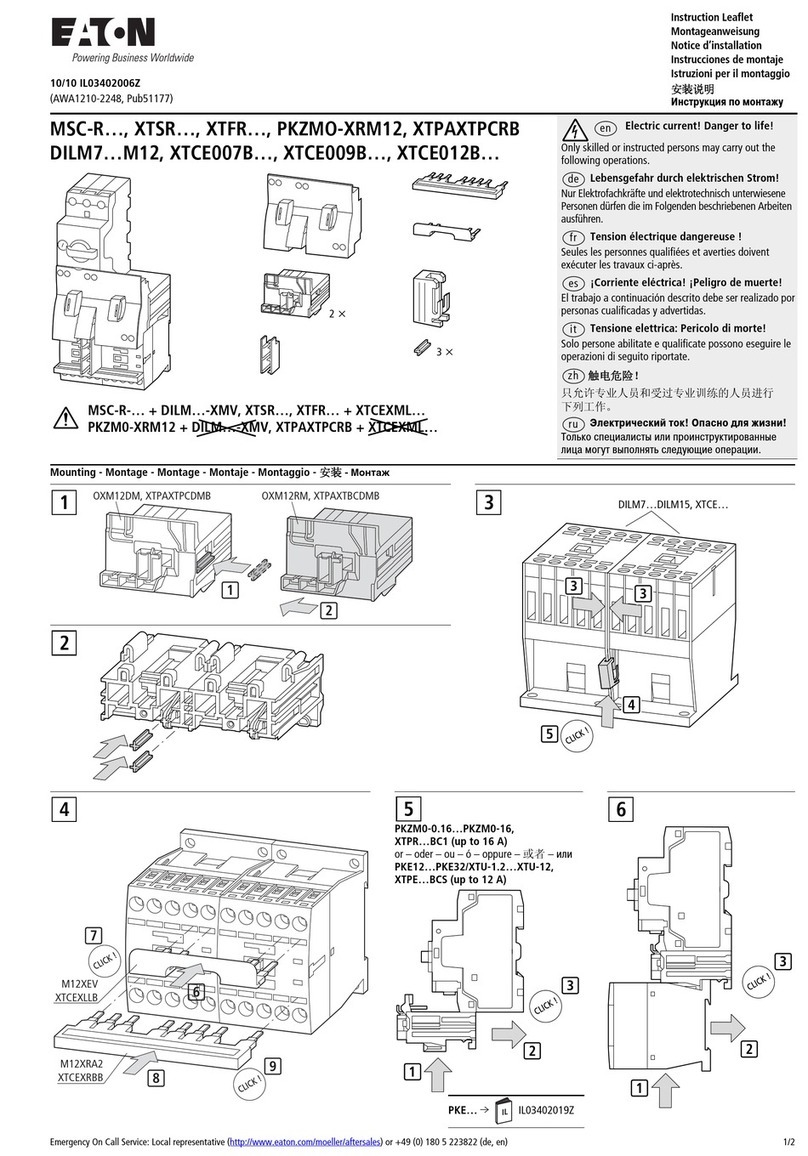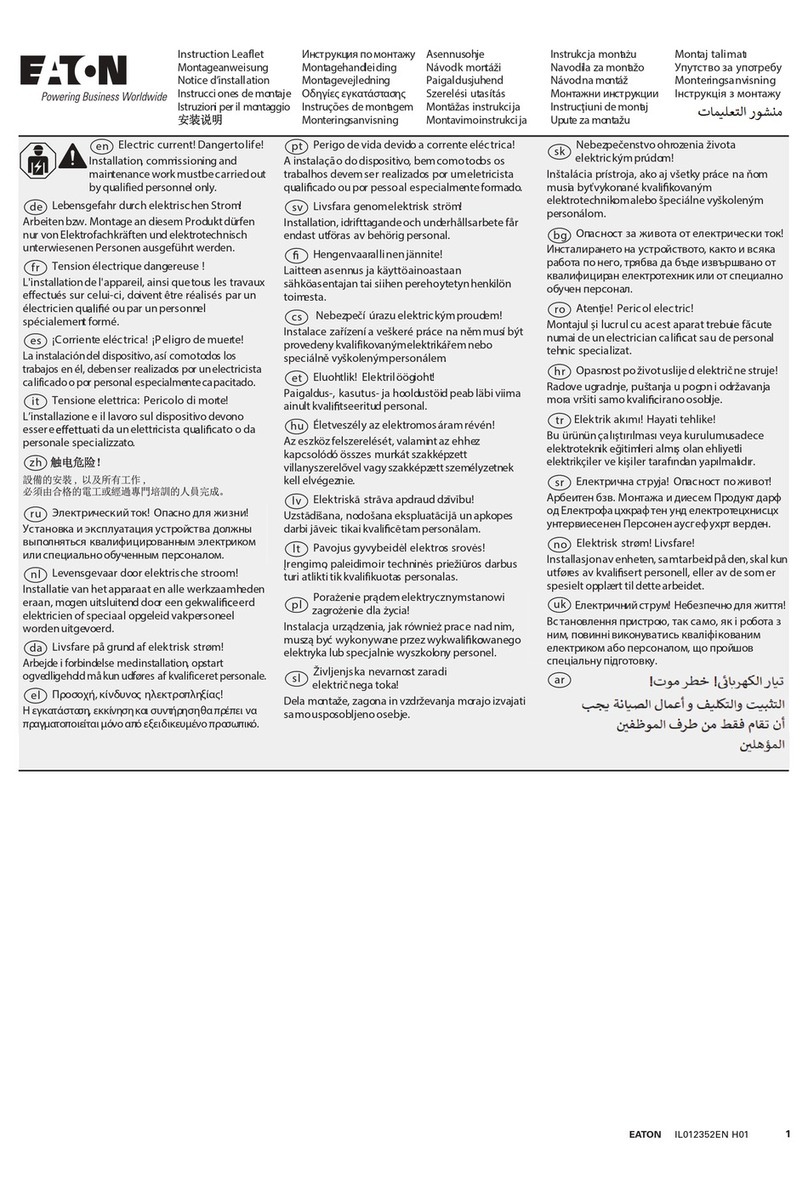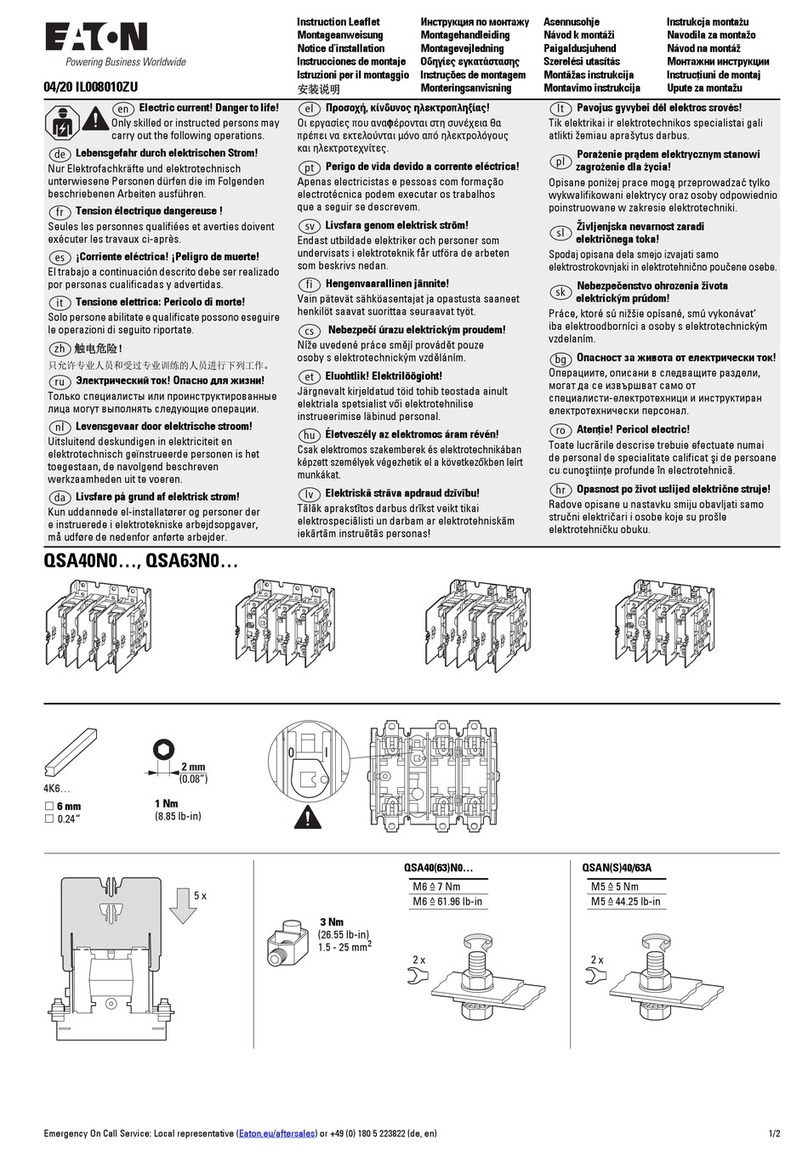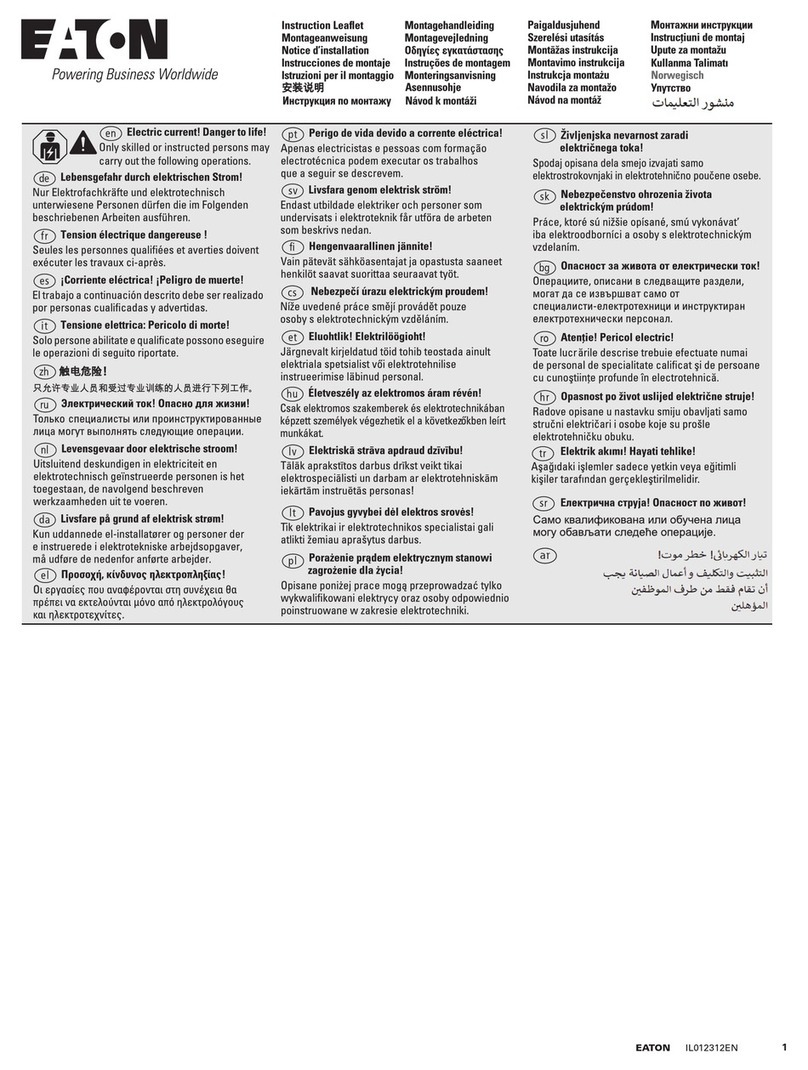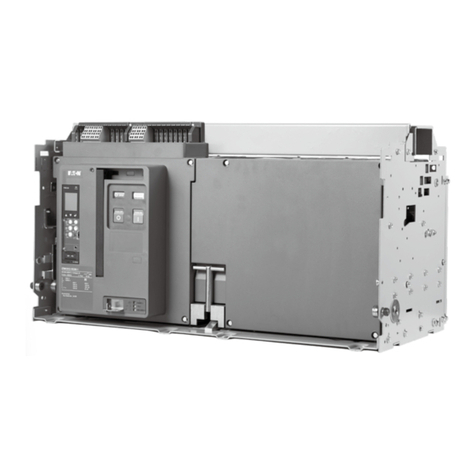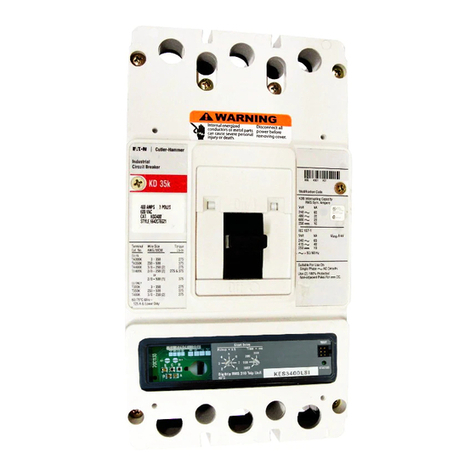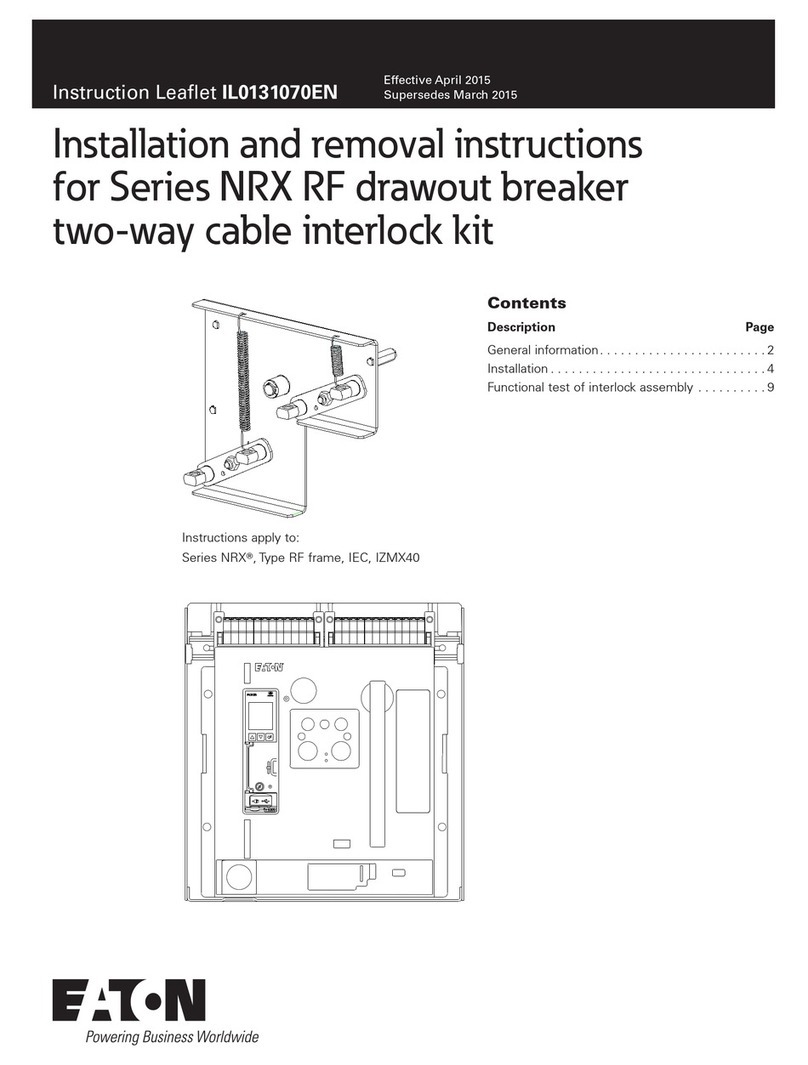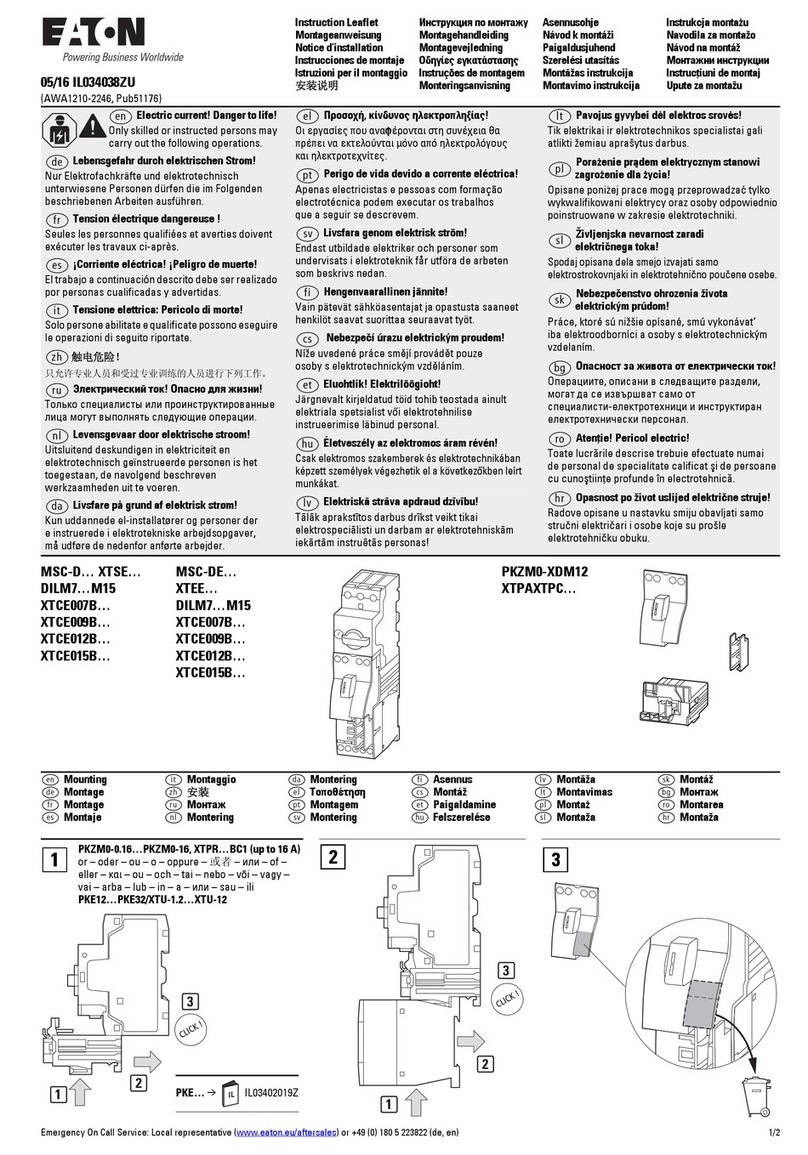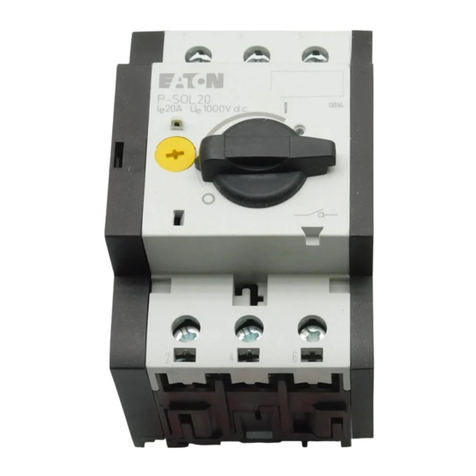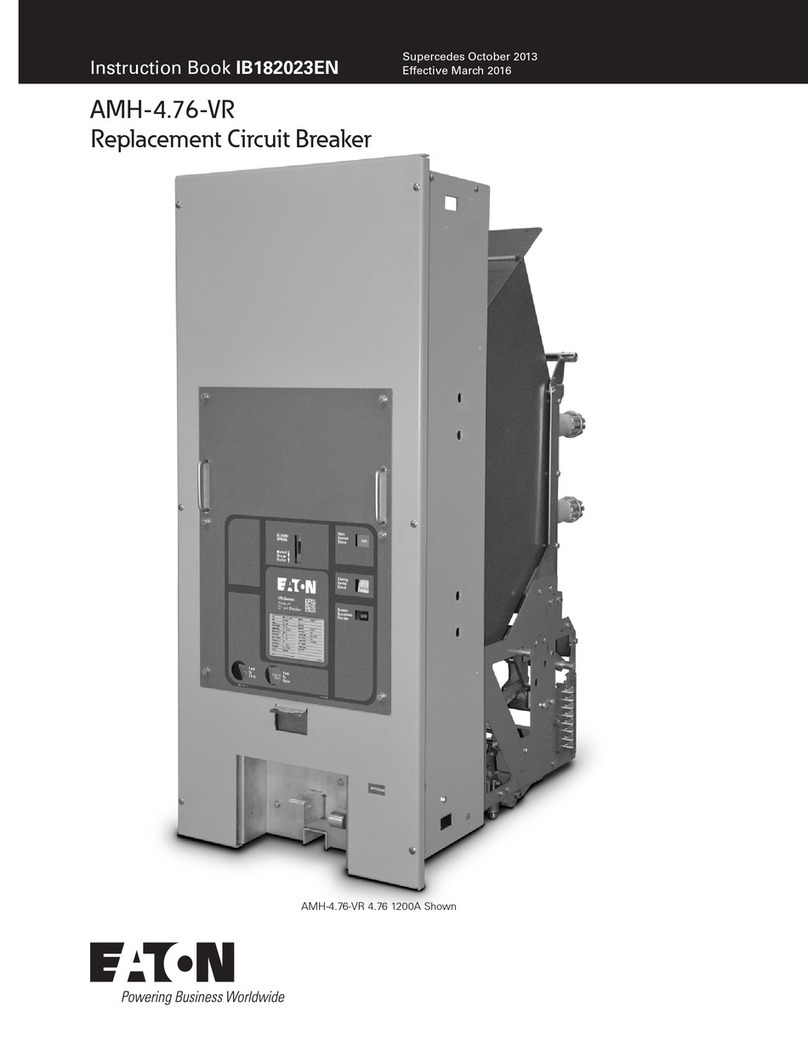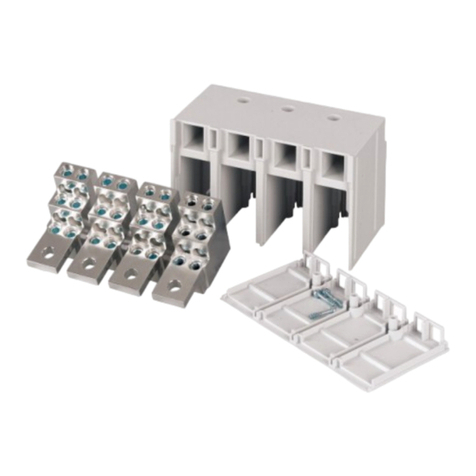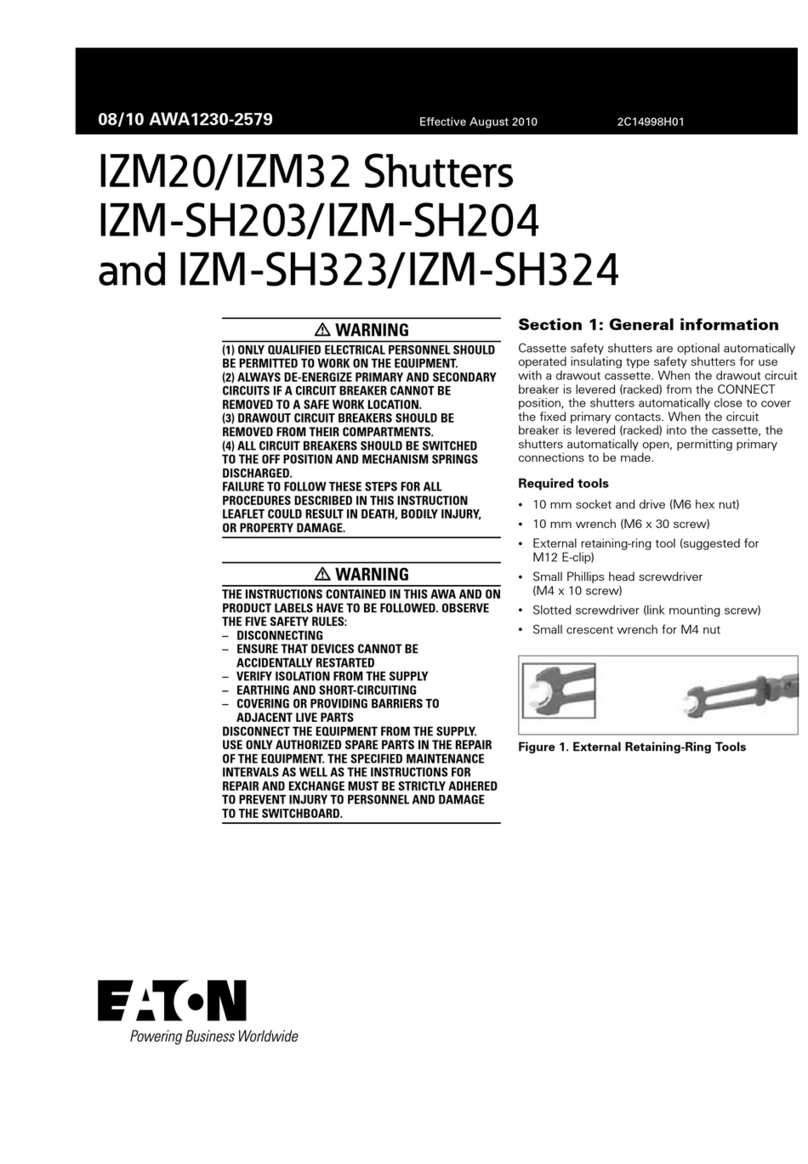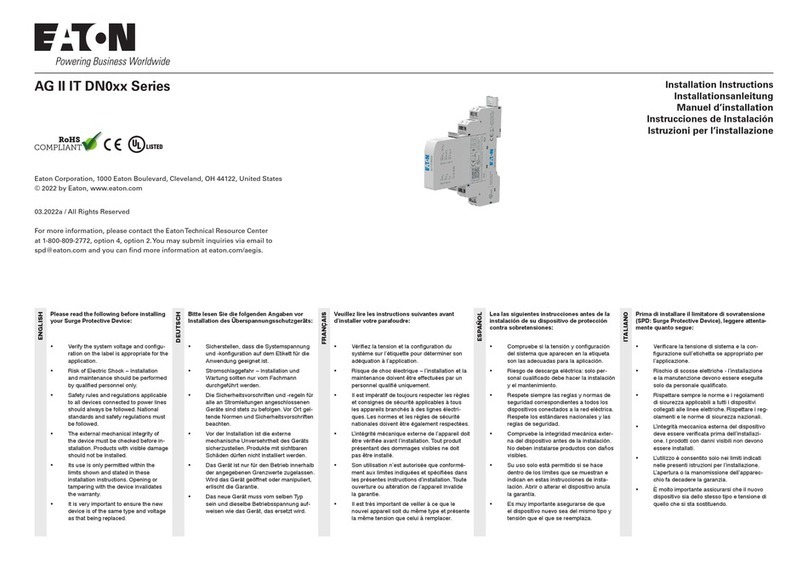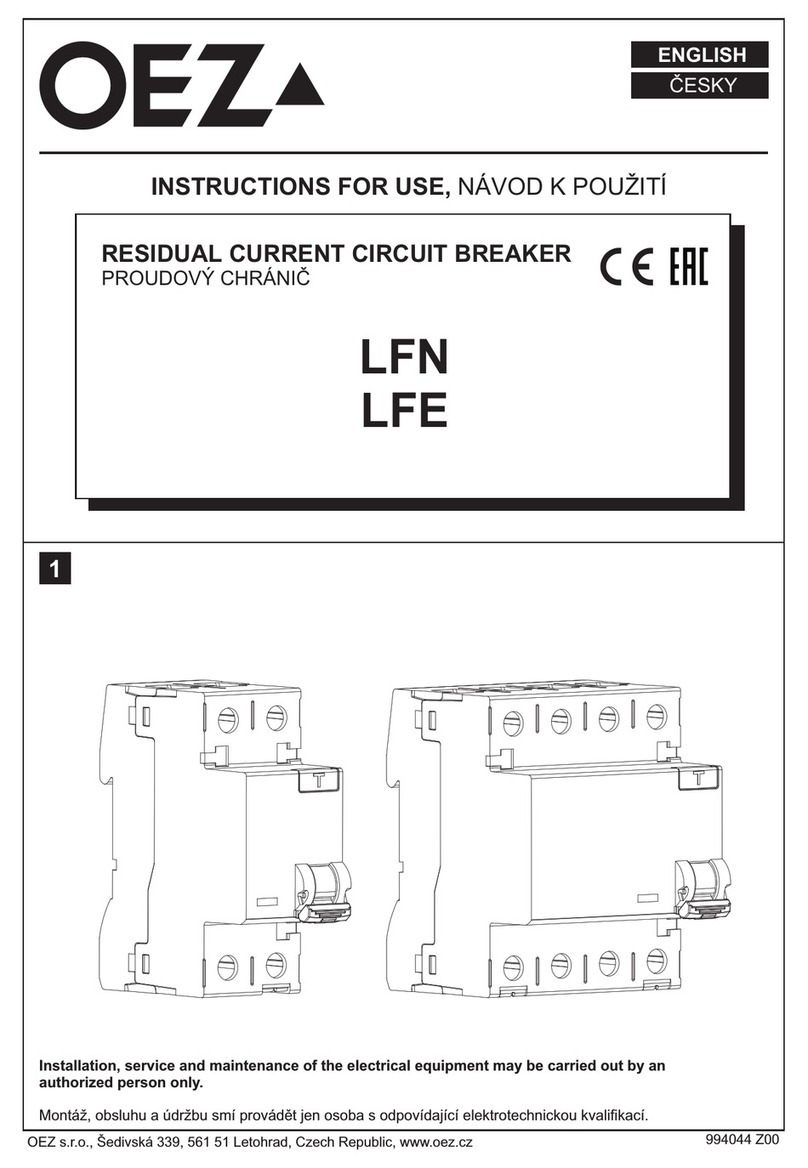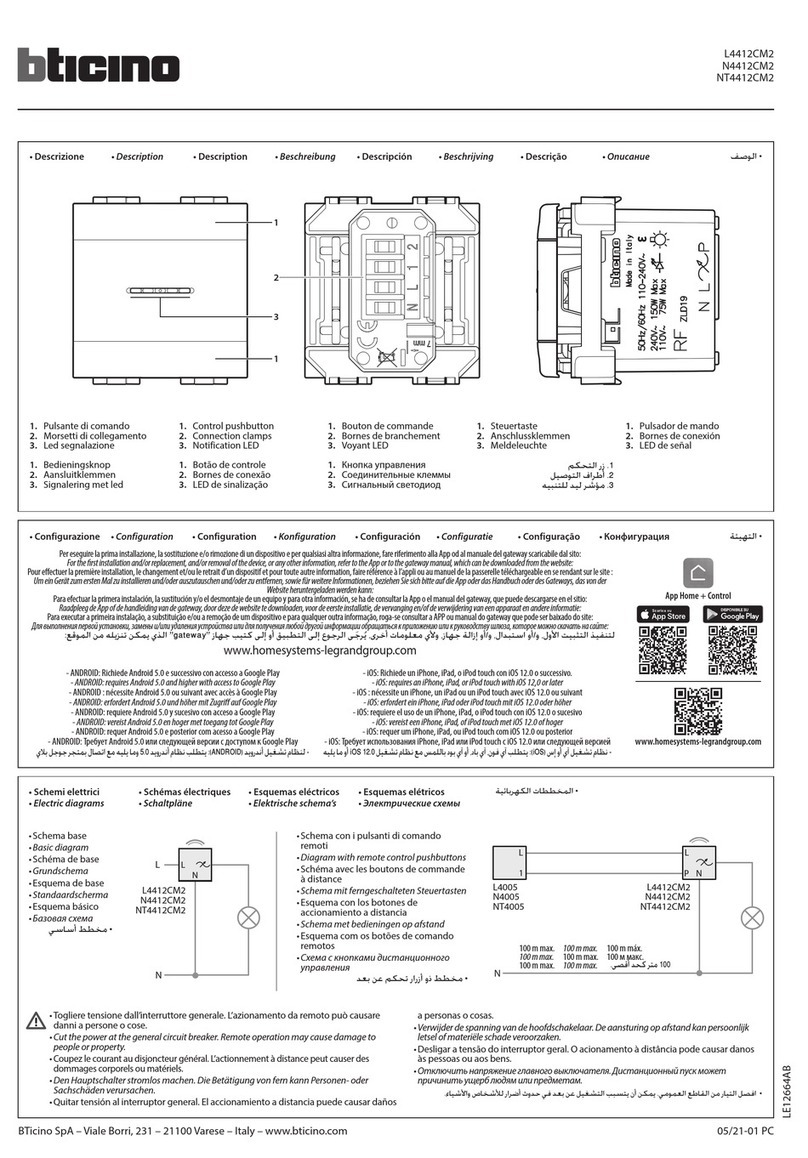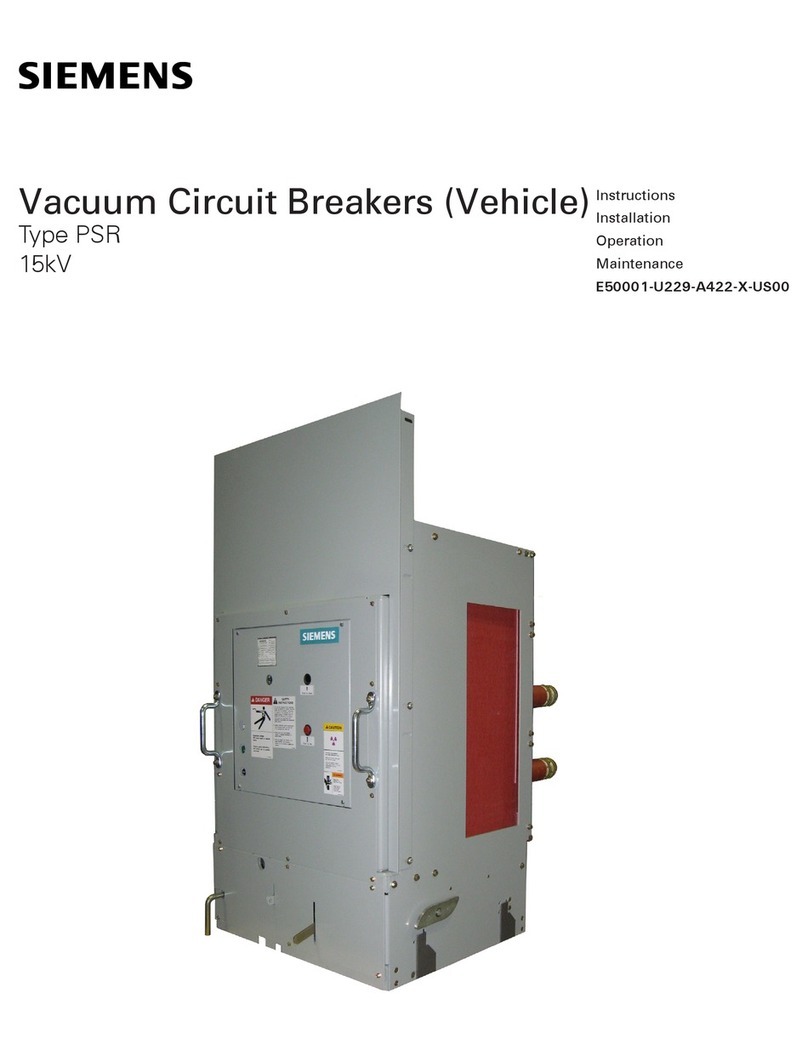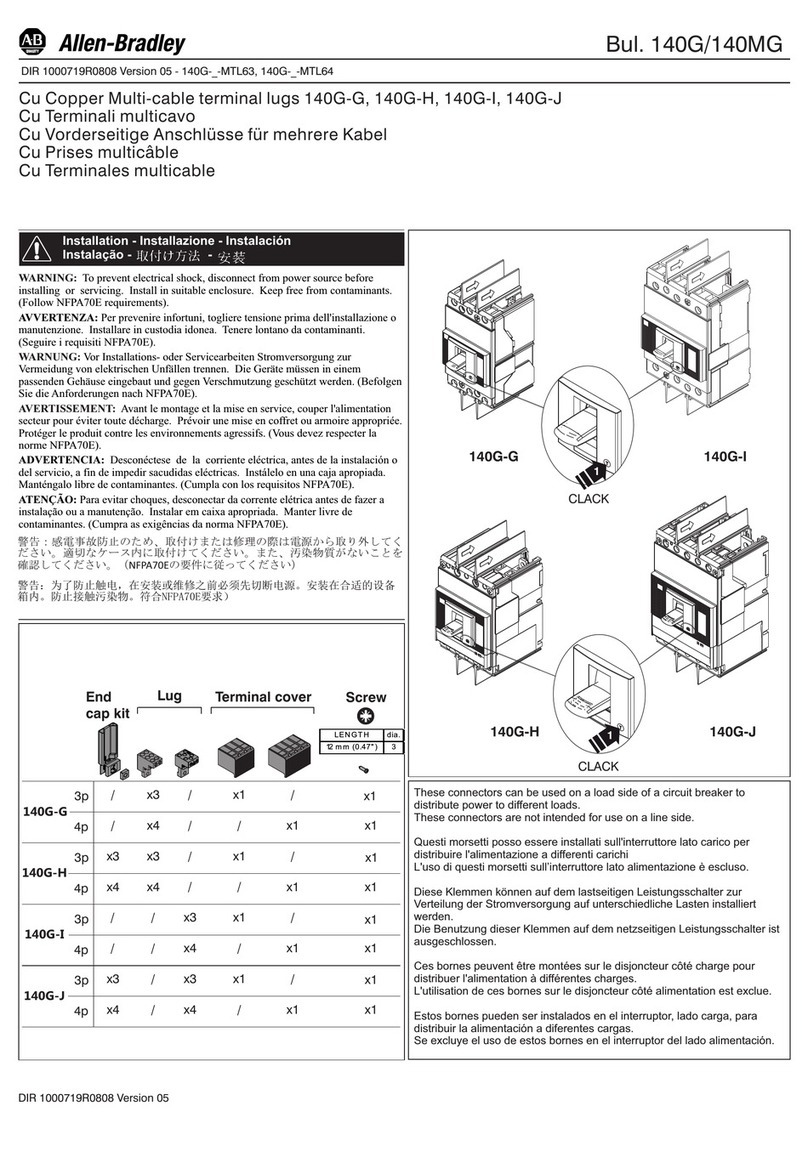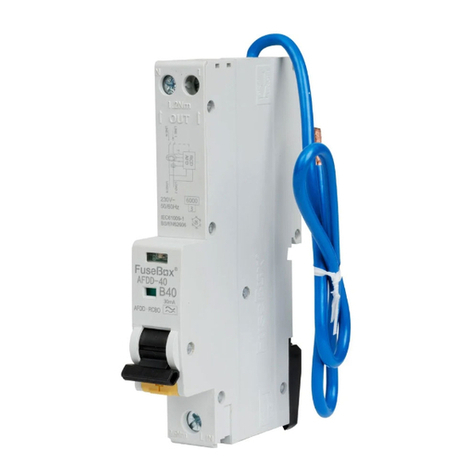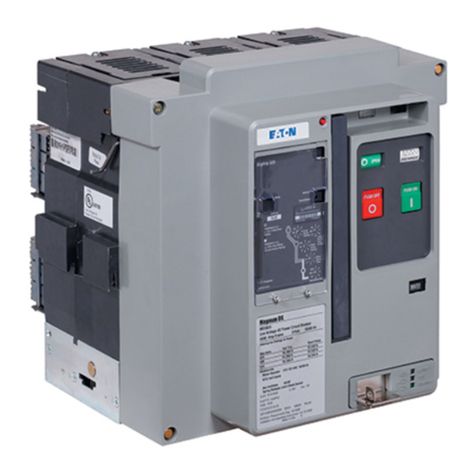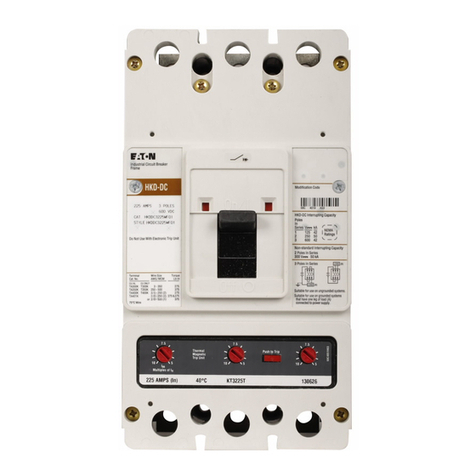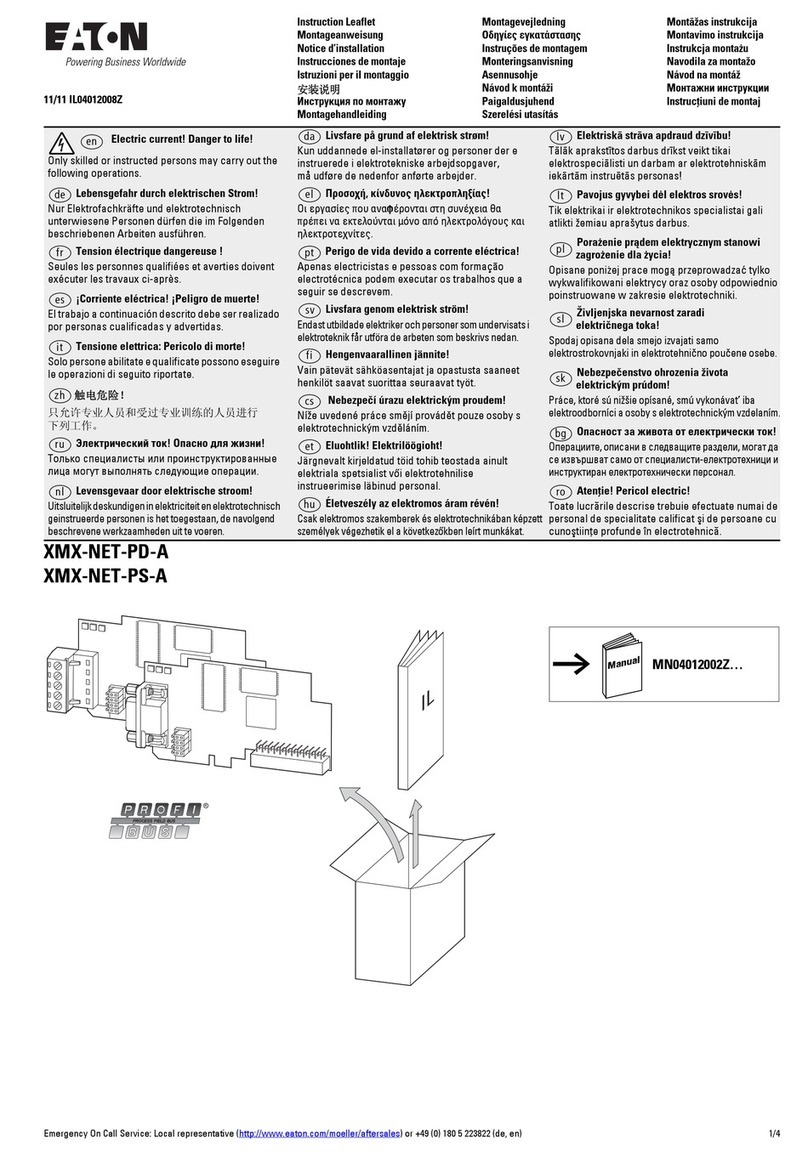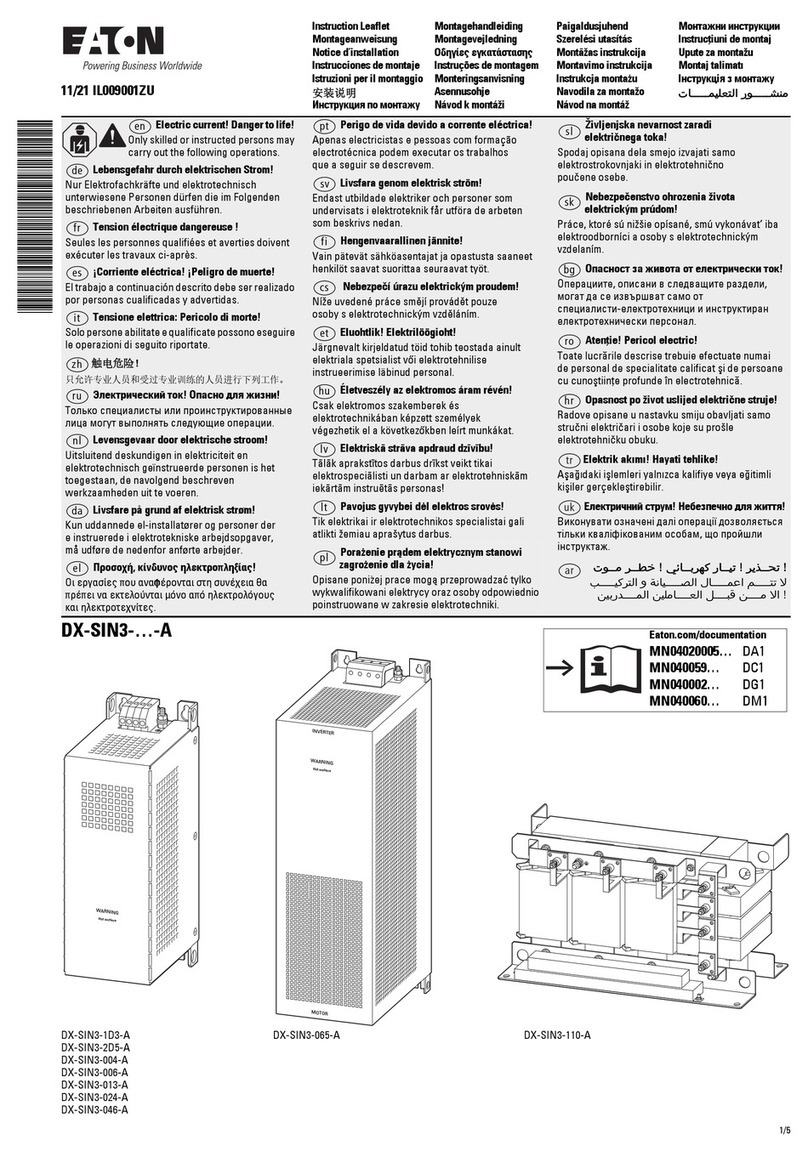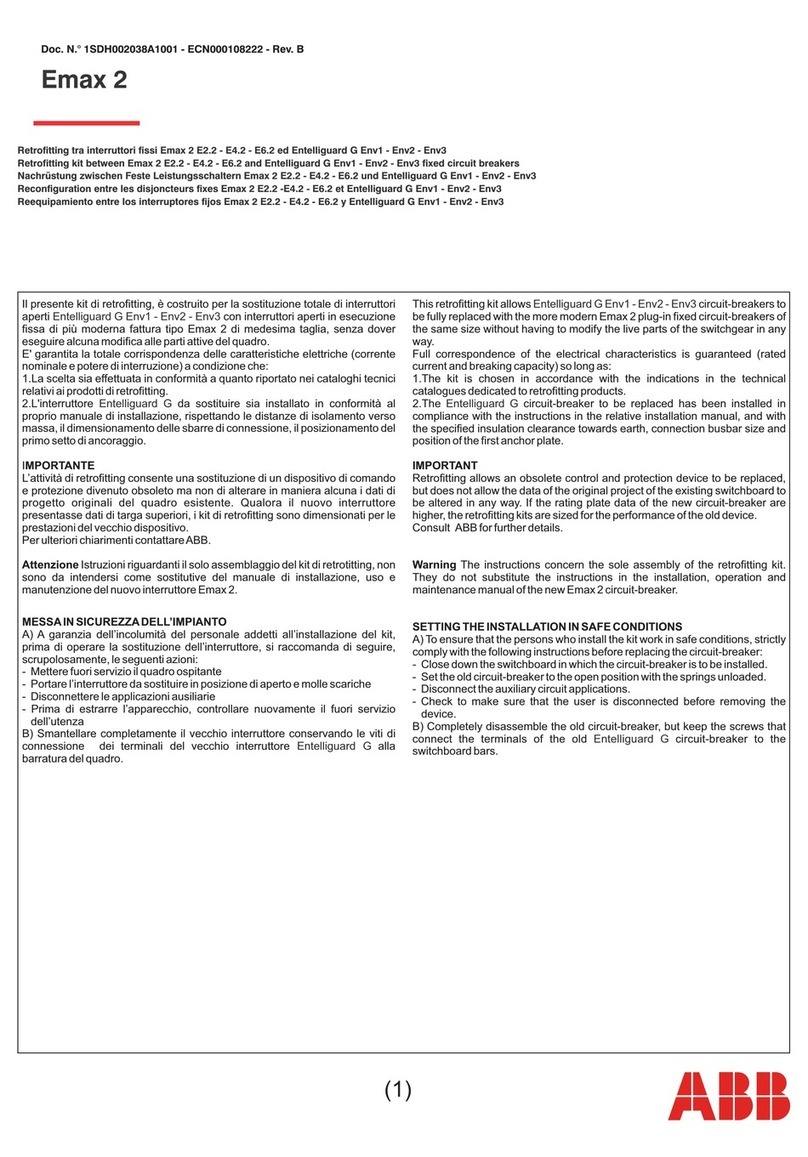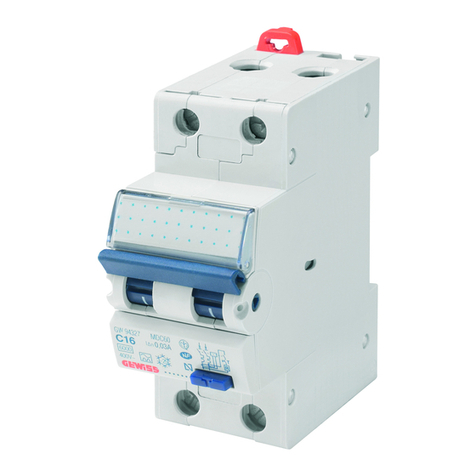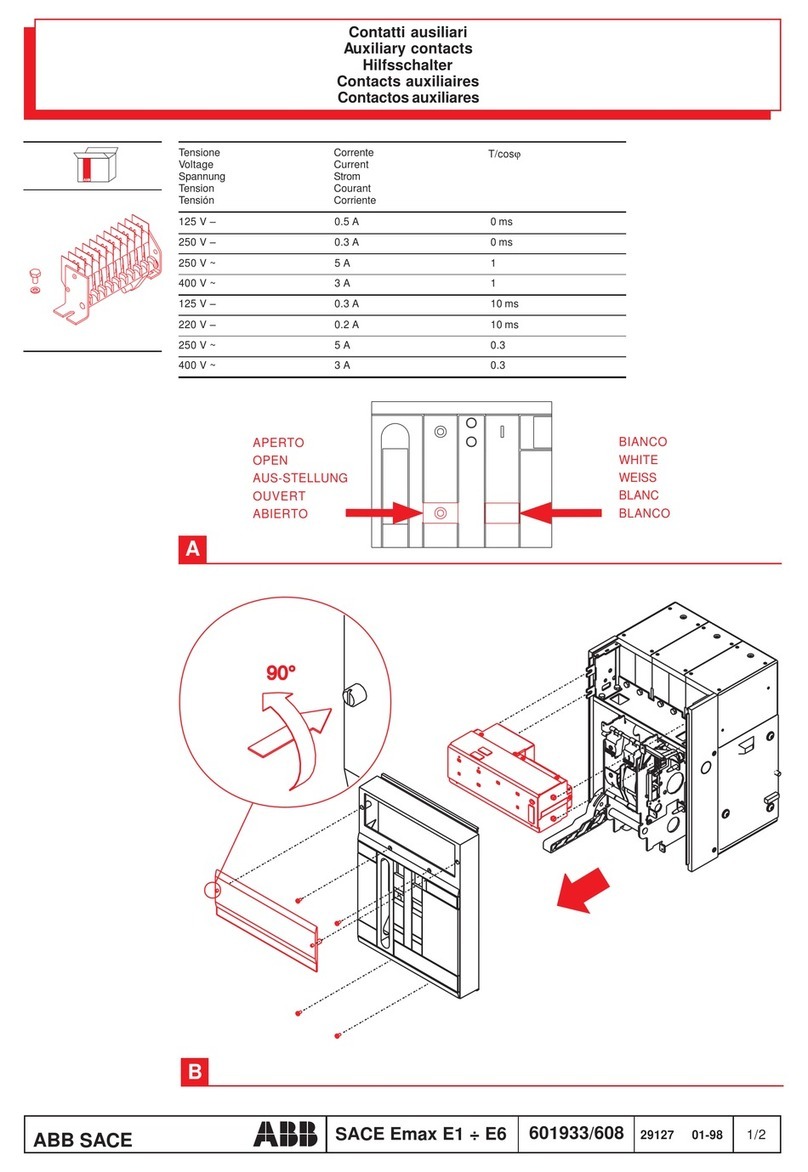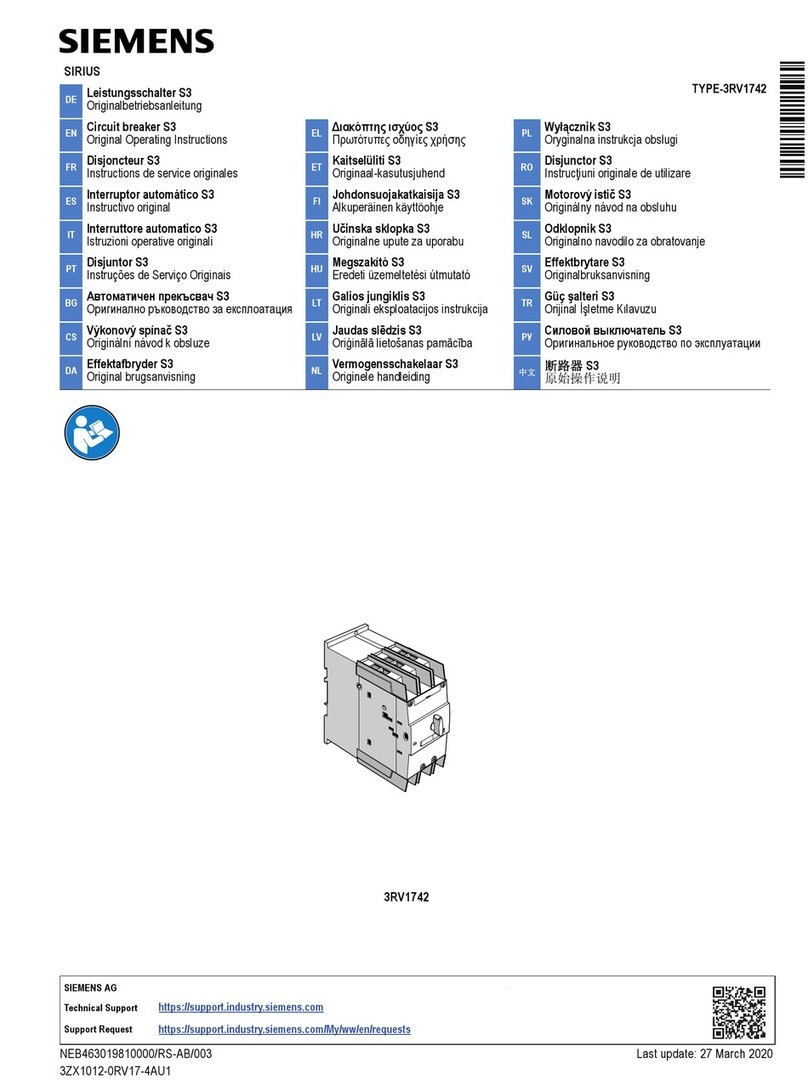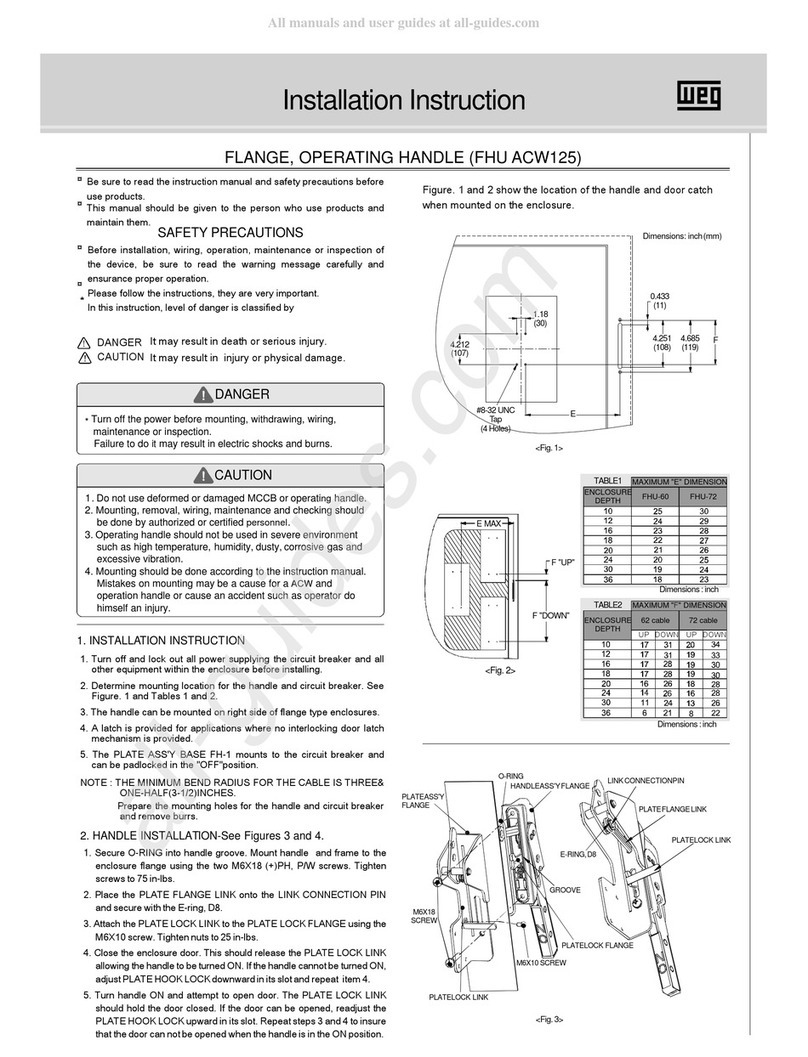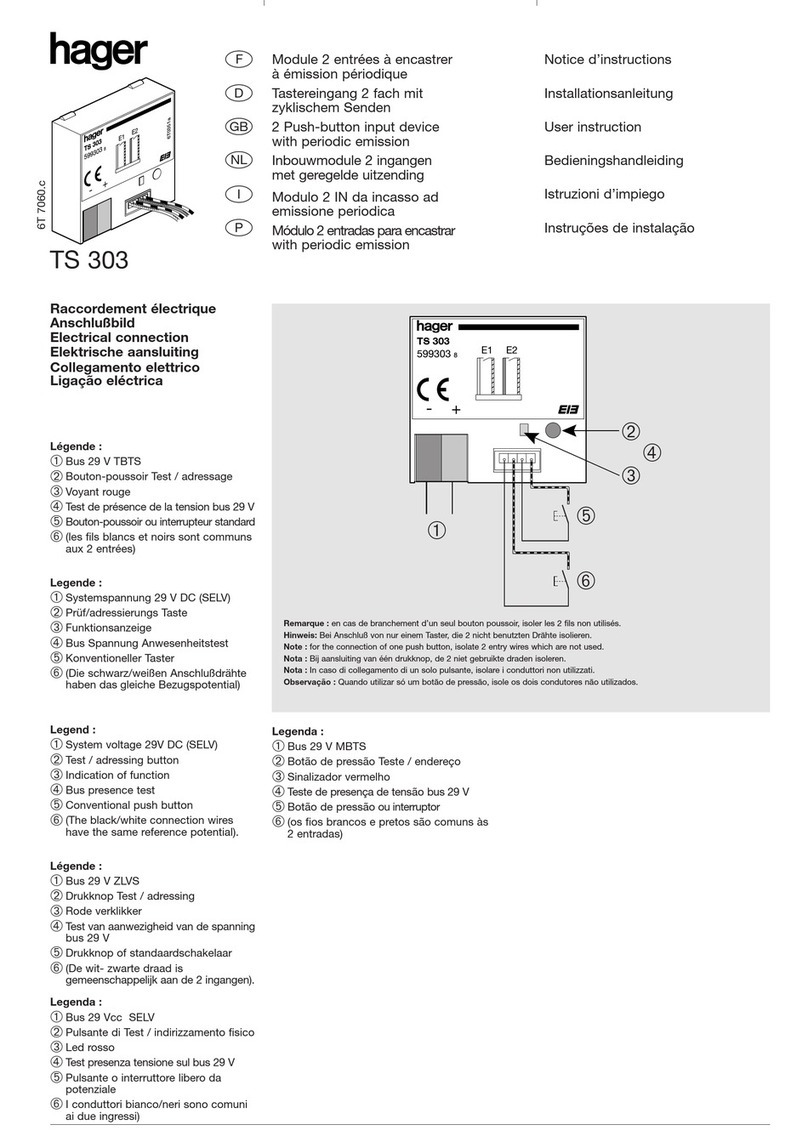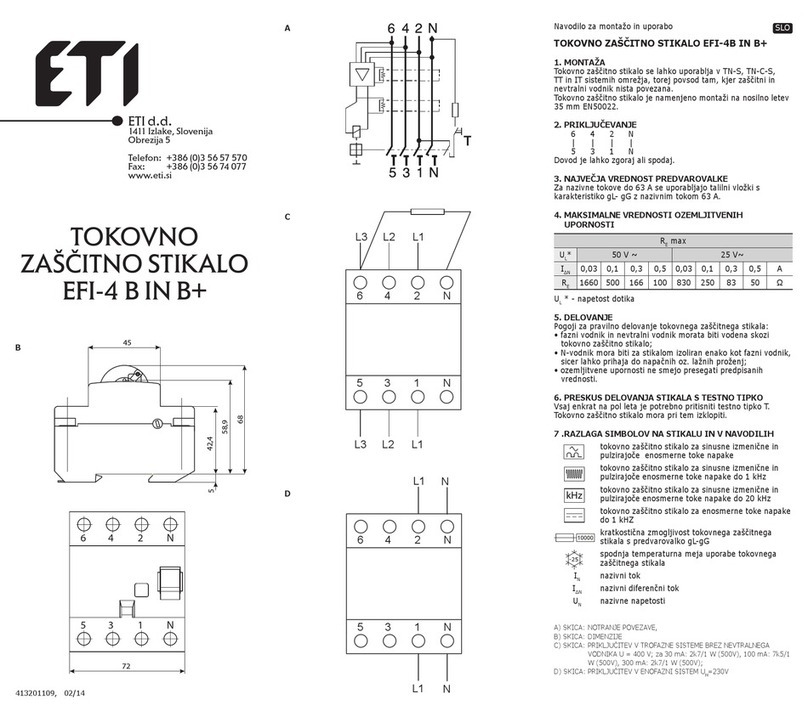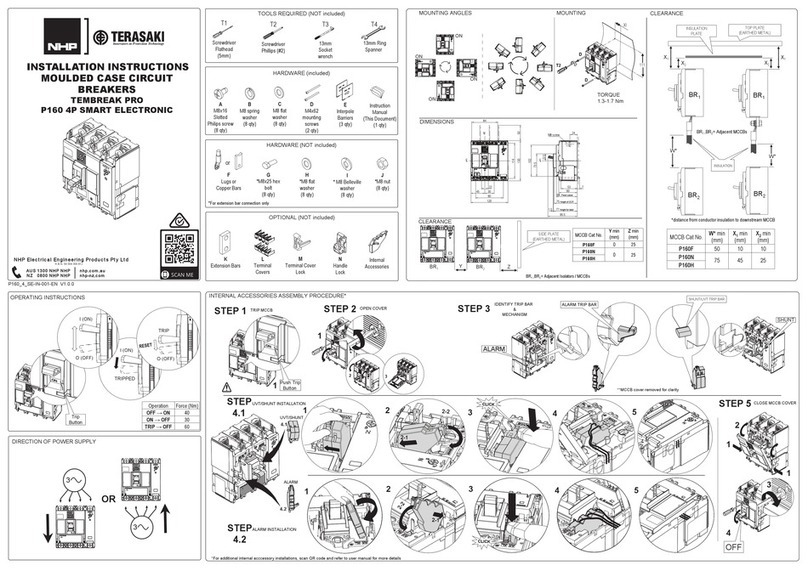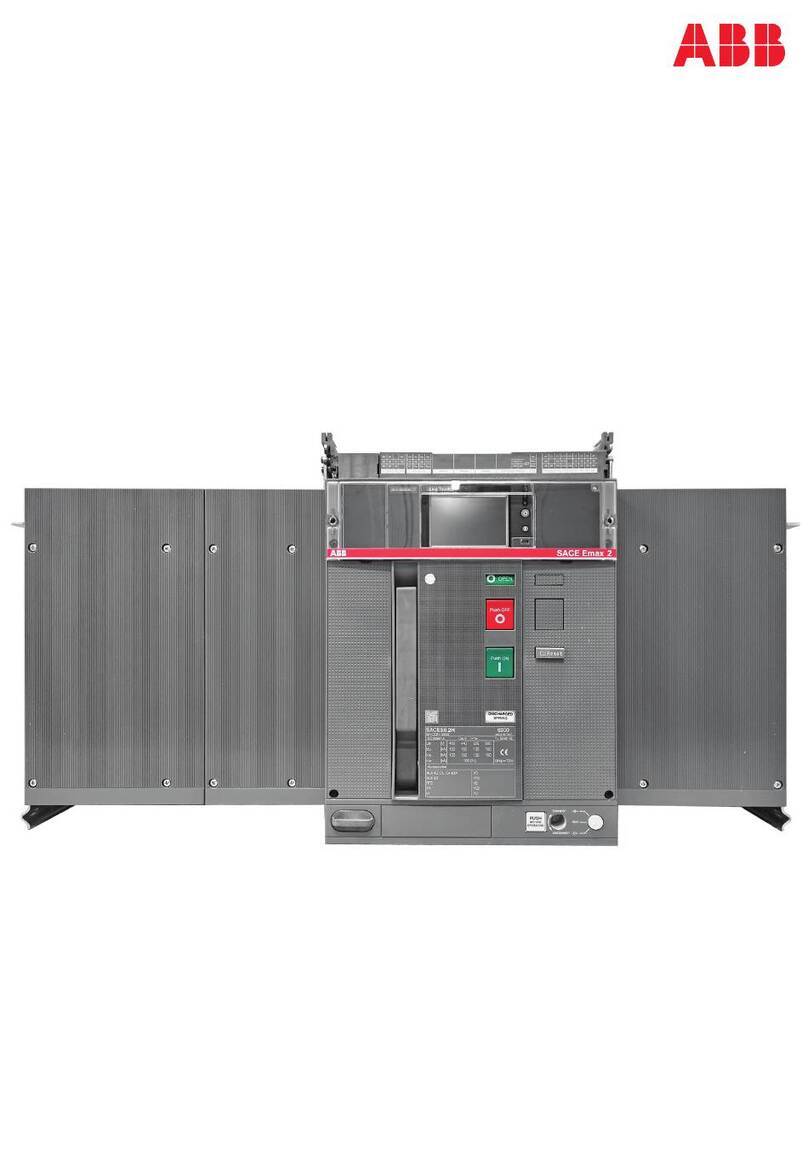I.B. 3A74792H04 Page 1
Effective 7/97
SECTION 1: INTRODUCTION
1-1 PRELIMINARY COMMENTS AND SAFETY PRE-
CAUTIONS
This technical document is intended to cover most
aspects associated with the installation, application,
operation and maintenance of the VCP-W Vacuum
Circuit Breakers. It is provided as a guide for authorized
and qualified personnel only. Please refer to the specific
WARNING and CAUTION in Section 1-1.2 before pro-
ceeding. If further information is required by the pur-
chaser regarding a particular installation, application or
maintenance activity, a Cutler-Hammer representative
should be contacted.
1-1.1 WARRANTY AND LIABILITY
INFORMATION
NO WARRANTIES, EXPRESSED OR IMPLIED,
INCLUDING WARRANTIES OF FITNESS FOR A PAR-
TICULAR PURPOSE OF MERCHANTABILITY, OR
WARRANTIES ARISING FROM COURSE OF DEAL-
ING OR USAGE OF TRADE, ARE MADE REGARDING
THE INFORMATION, RECOMMENDATIONS AND
DESCRIPTIONS CONTAINED HEREIN. In no event will
Cutler-Hammer be responsible to the purchaser or user
in contract, in tort (including negligence), strict liability or
otherwise for any special, indirect, incidental or conse-
quential damage or loss whatsoever, including but not
limited to damage or loss of use of equipment, plant or
power system, cost of capital, loss of power, additional
expenses in the use of existing power facilities, or
claims against the purchaser or user by its customers
resulting from the use of the information and descrip-
tions contained herein.
1-1.2 SAFETY PRECAUTIONS
All safety codes, safety standards and/or regulations
must be strictly observed in the installation, operation
and maintenance of this device.
THE WARNINGS AND CAUTIONS INCLUDED AS
PART OF THE PROCEDURAL STEPS IN THIS DOCU-
MENT ARE FOR PERSONNEL SAFETY AND PRO-
TECTION OF EQUIPMENT FROM DAMAGE. AN
EXAMPLE OF A TYPICAL WARNING LABEL HEAD-
ING IS SHOWN ABOVE IN REVERSE TYPE TO
FAMILIARIZE PERSONNEL WITH THE STYLE OF
PRESENTATION. THIS WILL HELP TO INSURE
THAT PERSONNEL ARE ALERT TO WARNINGS,
WHICH MAY APPEAR THROUGHOUT THE DOCU-
MENT. IN ADDITION, CAUTIONS ARE ALL UPPER
CASE AND BOLDFACE AS SHOWN BELOW.
COMPLETELY READ AND UNDERSTAND THE MA-
TERIAL PRESENTED IN THIS DOCUMENT BEFORE
ATTEMPTING INSTALLATION, OPERATION OR
APPLICATION OF THE EQUIPMENT. IN ADDITION,
ONLY QUALIFIED PERSONS SHOULD BE PERMIT-
TED TO PERFORM ANY WORK ASSOCIATED WITH
THE EQUIPMENT. ANY WIRING INSTRUCTIONS
PRESENTED IN THIS DOCUMENT MUST BE FOL-
LOWED PRECISELY. FAILURE TO DO SO COULD
CAUSE PERMANENT EQUIPMENT DAMAGE.
1-2 GENERAL INFORMATION
The purpose of this book is to provide instructions for
unpacking, storage, use, operation and maintenance of
Type VCP-W 38kV Vacuum Circuit Breakers. They are
horizontal drawout, roll on the floor type removable
interrupting elements ideal for use in new metal-clad
switchgear, as well as for modernization and life exten-
sion of existing switchgear. Designed to ANSI Stan-
dards for reliable performance, ease of handling, and
simplified maintenance, VCP-W 38kV Vacuum Circuit
Breakers provide reliable control and protection for elec-
trical equipment and circuits. In addition, these techno-
logically advanced circuit breakers provide higher insu-
lation levels in less space, thus reducing the overall
switchgear size.
SATISFACTORY PERFORMANCE OF THESE CIR-
CUIT BREAKERS IS CONTINGENT UPON PROPER
APPLICATION, CORRECT INSTALLATION AND
ADEQUATE MAINTENANCE. THIS INSTRUCTION
BOOK MUST BE CAREFULLY READ AND FOL-
LOWED IN ORDER TO OBTAIN OPTIMUM PERFOR-
MANCE FOR LONG USEFUL LIFE OF THE CIRCUIT
BREAKERS.
